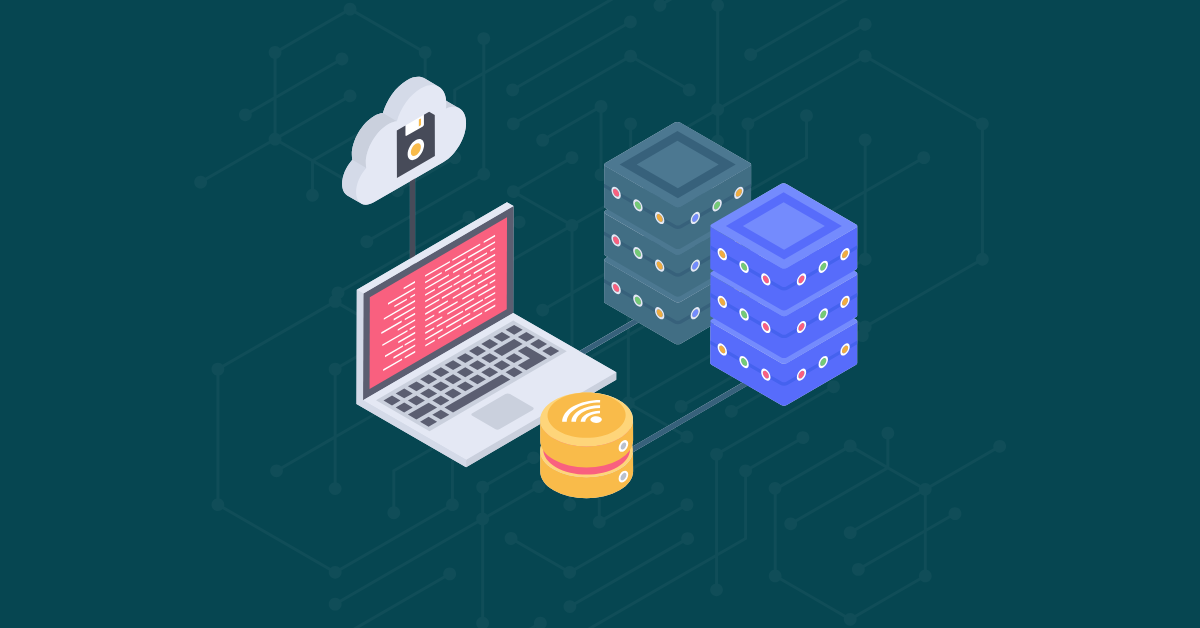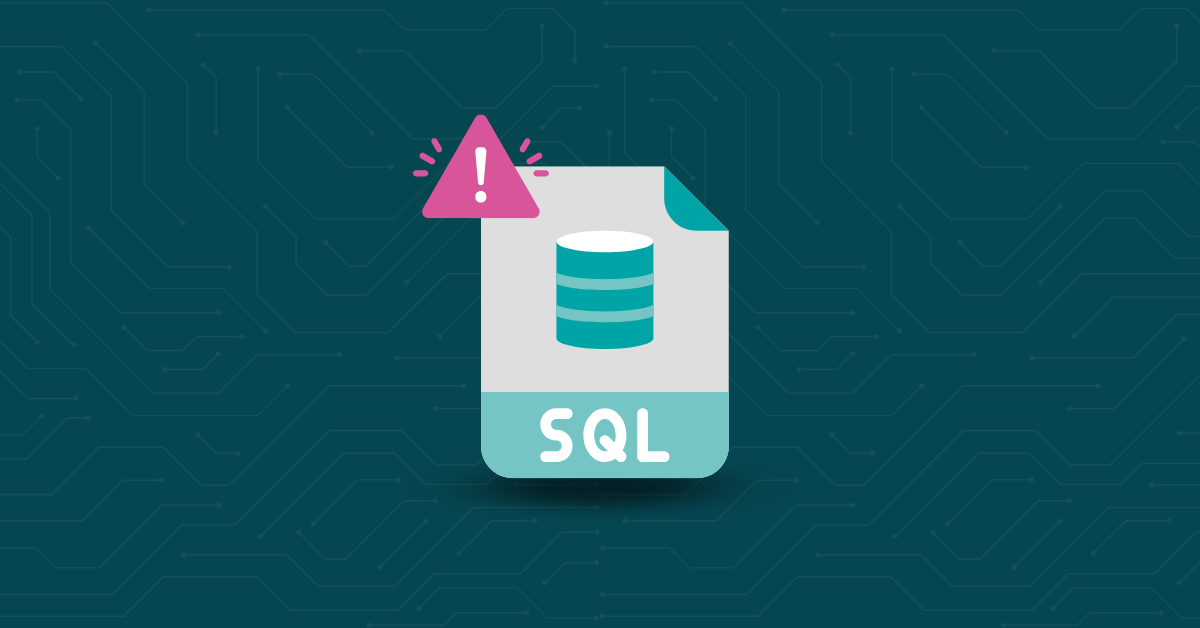

Cyberattacks are escalating in both frequency and severity across all industries, but the financial sector remains one of the most attractive targets for malicious actors due to the high value of its data. The global average cost of a data breach is $4.88 million, but for financial institutions, this figure can be significantly higher. For example, the 2024 cyberattack on California-based mortgage lender LoanDepot resulted in a $37 million loss and contributed to a total net loss of $65.9 million.
For financial organizations, implementing code security tools can mean the difference between mitigating a vulnerability during development and facing catastrophic financial and reputational damage after a breach.

In financial applications, highly confidential data frequently transitions between different states—at rest, in motion, and in use. A comprehensive approach to security must address vulnerabilities in all these states, as each presents unique risks.
When data isn’t being used or transferred, it is considered at rest and stored on drives, storage area networks, or servers. While data at rest is relatively stable, it is still vulnerable to unauthorized access and breaches. Protecting this data requires robust encryption protocols, such as AES-256, hierarchical password protection, secure server configurations, and comprehensive access controls.
Kiuwan’s Static Application Security Testing (SAST) tool scans your codebase to ensure that encryption standards are properly implemented and that sensitive data is adequately protected.
Data in motion refers to information actively being transferred between systems, whether across local networks or over the internet. This data is particularly vulnerable to interception and man-in-the-middle attacks. Encrypting data prior to transfer and using secure transfer protocols, such as TLS, are essential.
Kiuwan helps ensure these protocols are consistently applied, reducing the risk of accidental misconfigurations that could expose sensitive information.
Data in use—when it is being processed by applications—is often the most vulnerable, as it is actively accessible and can be targeted by malicious actors through techniques like memory scraping or unauthorized process access.
Kiuwan’s SAST tool identifies vulnerabilities in the code that could expose data during use. Additionally, best practices like zero-trust architecture, enforcing strong identity management, and maintaining strict permission protocols further reduce the risk of data breaches in this state.
The financial sector operates under a complex web of data protection regulations, varying by jurisdiction and institution type. While the European Union has overarching regulations like GDPR, the United States relies on a combination of federal, state, and industry-specific laws. Businesses must follow the regulations and laws of the land anywhere in which they conduct business.
Passed in 1999, GLBA remains relevant today. It requires financial institutions to clearly explain how they collect, use, and share customer data. Institutions must also implement security measures to protect sensitive information and develop safeguards against social engineering and other manipulative tactics used by malicious actors.
Enacted in 2002 following major corporate scandals, SOX mandates that publicly traded companies establish robust internal controls to prevent fraud and ensure data integrity. This includes securing financial reporting systems and holding leadership accountable for data accuracy. Kiuwan’s end-to-end application security platform helps maintain an audit-ready environment that supports SOX compliance.
In 2017, the NYDFS introduced cybersecurity regulations requiring financial institutions to assess risks and implement comprehensive cybersecurity programs. These rules mandate regular vulnerability assessments, incident response planning, and third-party risk management. Kiuwan automates code quality enforcement, simplifying compliance with NYDFS and similar regulations.

PCI DSS is a globally recognized set of security standards designed to ensure that all companies that process, store, or transmit credit card information maintain a secure environment. Compliance with PCI DSS involves implementing robust encryption, access control measures, and regular security testing.
NIS2, an update to the original NIS Directive, establishes stricter cybersecurity requirements across critical sectors, including finance, within the European Union. It mandates enhanced risk management, incident reporting, and supply chain security measures. Financial institutions operating within or dealing with EU entities must comply with NIS2, ensuring robust cybersecurity frameworks.
DORA specifically targets financial institutions in the European Union, ensuring they can withstand, respond to, and recover from ICT (Information and Communication Technology) disruptions and cyber threats. It emphasizes cybersecurity, risk management, and oversight of third-party service providers.
SOC 2 compliance focuses on the security, availability, processing integrity, confidentiality, and privacy of customer data. It is particularly important for financial institutions that rely on third-party service providers.
The FFIEC provides a framework for IT security in financial institutions, offering guidelines on risk management, cybersecurity assessment, and regulatory compliance.

Historically, financial institutions relied on perimeter-based security models, but these are no longer sufficient in today’s dynamic, cloud-based environments. Effective cybersecurity strategies require a multi-layered approach, protecting applications, endpoints, and the entire software supply chain.
The shift-left approach integrates security measures early in the software development lifecycle (SDLC) so that teams are better positioned to identify and mitigate vulnerabilities before they reach production. Adding security tools like SAST and Software Composition Analysis (SCA) into continuous integration/continuous delivery (CI/CD) pipelines is an effective and reliable way to detect and address common vulnerabilities such as:
Financial software often incorporates open-source components, third-party libraries, and proprietary code, increasing the risk of vulnerabilities and licensing compliance issues. Kiuwan’s Insights SCA tool scans codebases to find security flaws, licensing risks, and outdated dependencies. It also generates Software Bill of Materials (SBOM) components you can use to gain visibility into all components.
Kiuwan’s Static Application Security Testing (SAST) tool seamlessly integrates with existing development environments, offering real-time feedback to developers and enforcing security standards throughout the SDLC. SAST supports compliance with industry-specific regulations like PCI DSS and SOC 2, and Kiuwan’s continuous updates ensure it can detect emerging threats as they arise.
Financial institutions bear the critical responsibility of safeguarding sensitive customer data and maintaining trust. With cybercriminals constantly deploying increasingly sophisticated attacks, it’s essential to make secure software development practices a priority.
Kiuwan’s end-to-end application security platform empowers DevSecOps teams to integrate security from the earliest stages of development, reducing vulnerabilities and ensuring compliance with financial regulations. By testing early and often, you can address security issues when they are easiest and most cost-effective to fix. Contact us today to request a free demo and see how Kiuwan can elevate your financial software security.


